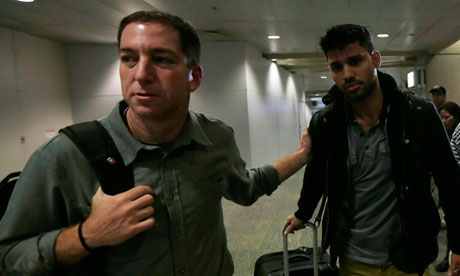When I film, I feel like the camera protects me. But it?s an illusion.
?Emad Burnat, West Bank Palestinian and co-director,?
5 Broken Cameras
A commander or an officer sees a camera and becomes a diplomat, calculating every rubber bullet, every step. It?s intolerable; we?re left utterly exposed. The cameras are our kryptonite.
?Israeli soldier, infantry brigade
To some degree, the conflict in Judea and Samaria has become a camera war.
?West Bank settler
When Israeli security forces arrived in the middle of the night at the Tamimi house in Nabi Salih, the occupied West Bank, the family was already in bed. The raid was not unexpected, as news had traveled around the village on that day in January 2011: Soldiers were coming to houses at night, demanding that young children be roused from sleep to be photographed for military records (to assist, they said, in the identification of stone throwers). Bilal Tamimi, Nabi Salih?s most experienced videographer, had his own camcorder at the ready by his bedside table when he was awoken by the knock on the door. His?
sometimes shaky footage, drowsiness and concern for his children making his hand unsteady, subsequently ran on Israel?s evening news programs, the video provided by the Israeli human rights organization B?Tselem as part of its effort to document army abuses in the Occupied Territories. The footage told two stories, testifying to the increasing use of photography both by the army as a means of counterinsurgency and by Palestinians under occupation for evidence and self-protection. In the West Bank today, cameras are ubiquitous, as is the usage of social media as a means of online witnessing. Both are deemed nothing less than political necessities, the?
sine qua non?of political claims in the networked court of public opinion.
Cameras have long played a central role in the Israeli military occupation of the Palestinian territories — their importance dramatized in?
5 Broken Cameras, the joint Palestinian-Israeli production nominated for an Academy Award for best documentary. Today, one finds cameras of various kinds and degrees of technological sophistication in the hands of the Israeli army, whose film unit dates to the occupation?s early years; Palestinian residents; activists and NGOs operating in the territories; Israeli human rights groups and anti-occupation activists; and organized bands of Israeli settlers (enabled by a rabbinical ruling that authorized filming on Shabbat).?
[1]?Cameras, of course, are also embedded in the surveillance infrastructure of the military occupation itself, mounted on drones, checkpoints and the separation barrier. As the above list suggests, cameras serve many competing political agendas, employed by the military for both official security measures and personal displays of militarized bravado (as evidenced by the February?
viral Instagram scandal, when a soldier posted aestheticized photos of a Palestinian boy in a rifle?s crosshairs), and by Palestinians under occupation and their anti-occupation allies as a means of deterrence and protest.
As in other political theaters, most players in the Israeli-Palestinian media field shoot video, chiefly with camera phones, and disseminate the footage via social media such as Twitter, Facebook and YouTube. Video is deemed not merely a political advantage within this theater but a requirement — despite the debates about video veracity that almost always ensue, often fueled by charges of technical manipulation or politically motivated editing.?
[2]?The technological playing field is highly uneven. Israel boasts some of the world?s highest rates of Internet penetration and social media savvy, while Palestinians are constrained by the regulation of their telecommunications infrastructure, over which Israel exercises considerable control by the terms of the Oslo accords.
B?Tselem launched its camera project in 2007 in the West Bank city of Hebron, site of some of the fiercest confrontations between Palestinian residents and militant settlers. Unexpectedly, the Hebron footage went viral. Since that initial success, the organization has distributed hundreds of video cameras to Palestinians living in high-conflict areas of the Occupied Territories, enabling them to record firsthand their frequent abuse at the hands of Israeli security forces and neighboring settler populations.
Today, the proliferation of camera equipment in activist theaters across the globe usually yields a tale of ?liberation technology? — a variant of the digital democracy narrative echoed so frequently in the first months of the Arab revolts, positing new media technologies as naturally suited to progressive grassroots activism. The case of Israel-Palestine, with cameras on all sides of the occupation?s political divides, tells a more complicated story, suggesting the highly variable political functions and futures that new technologies can serve.
?Document Everything?
The village of Nabi Salih in the occupied West Bank is a focal point of Palestinian protest against the Israeli separation barrier. Since 2009, the village has held a weekly non-violent demonstration that, on any given Friday, draws residents from across Palestine, as well as tens of Israeli and international solidarity activists. International journalists also number heavily at these demonstrations, their presence sometimes outmatching that of the foreign activists. Given the political import and visibility of this weekly demonstration, and the global media coverage that can result, the Israeli security forces have endeavored to stop it and violent dispersals with tear gas, pepper spray and beatings are common, as are raids on households suspected of participation.?[3]
Bilal Tamimi, 46, affiliated with B?Tselem in 2010. At the time, he was the only active cameraman in Nabi Salih, as few residents had camera phones or Internet access. He began filming in clandestine fashion, perhaps shielded by a porch or awning, in an effort to avoid detection. Soon, political necessity dictated a retreat from the shadows, and Bilal began filming demonstrations and arrests from the ground, in full view of the military. Thereafter, Bilal?s camera was always at the ready, sitting next to his bed, in accordance with his personal pledge to ?document everything? pertaining to the village?s struggle with the security forces.
The technological landscape has changed dramatically since 2010 — an interval which produced a marked shift in technological literacy and penetration within the village. B?Tselem now has three camera volunteers working in the village, each with his or her own camcorder, equipped with a memory stick to speed the transfer of files. Thanks to camera phones and donations from an independent NGO, nearly every Nabi Salih household now has photographic capabilities and most have their own Internet connection (many sharing routers with neighbors to lower cost), enabling social media circulation. Having taught himself to edit video, Bilal also self-publishes on a?dedicated YouTube account?(only one of those active in the village, where social media savvy is high), documenting several years of local demonstrations.?[4]?Because Bilal is one of the most experienced volunteers working in the West Bank, the formal and arguably aesthetic dimensions of his footage are something of a B?Tselem exception. For unlike his footage, most of the video shot by volunteers adheres to the now conventional norms of amateur video production amid acute political crisis, with shaking lens and subjects that move in and out of the frame — aesthetics that are the byproduct of both videographer inexperience and a context of danger and fear.
Sitting with Bilal in his shared office at the Palestinian Ministry of Education in Ramallah, where he works as a graphic designer, we screen some of his most influential videos. Footage of the weekly demonstrations predominates, including the beating of Israeli and international activists by Israeli security forces. Among the most widely viewed by the Israeli public was that of the raid described above that began at Bilal?s own home. It is?a disarming portrayal?of the violent intimacy that such raids occasion, in the confrontation between armed soldiers and a terrified family jolted from sleep, all within the walls of the private family home. ?Here, you see my hand is shaking,? Bilal says, ?because it was the first night raid on my house.? Still in his bedclothes, Bilal and his camcorder accompanied the soldiers as they continued their evening patrol, knocking on the doors of neighboring households to wake startled residents and photograph their children. The footage betrays the complexity of Bilal?s relationship to the scene; the looks exchanged between him and his neighbors suggest that his presence as videographer is both welcomed and expected, his camcorder providing a modicum of security in this highly insecure situation. It is a battle of lenses: the camera as humanitarian witness pitted against the camera as state tool of counterinsurgency. The military spokesman, called upon to respond to the footage following its airing in the Israeli media, defended the camera practices and nighttime raid as a security necessity.
B?Tselem?s Camera Project
In the summer of 2012, some 150 B?Tselem camera volunteers were operating in the occupied West Bank. It is a volunteer population organized by region and overseen by local fieldworkers, themselves Palestinian residents of the area. Cameras are deemed most necessary in sites of heightened conflict, typically, in households living on the edge of town and adjacent to aggressive Jewish settler populations. Settler attacks constitute the majority of footage filmed by volunteers, rivaled only by demonstrations. Each volunteer and/or household is provided with a digital camera (a step up from the videocassettes used in the past, which made transmission of footage cumbersome) and given rudimentary training in camera techniques: how to hold the camera, how to record and shoot, how to use the zoom. To prepare participants for the challenges of filming an episode of conflict, the day-long workshop engages them in a simulated soccer game, with volunteers asked to follow the ball and players with their lens. The game approximates the rapid, unpredictable movement characteristic of a scene of violent confrontation. Interestingly, fieldworkers report that local Palestinian suspicion of B?Tselem, on the grounds of its Israeli identity, is unusual; on the contrary, there are many more West Bank requests for cameras than the organization can accommodate. Despite the ubiquity of citizen journalism in Palestine, Palestine?s robust NGO sector lacks an equivalent initiative on this scale. And arguably, a Palestinian analogue would struggle for a hearing among the Israeli and international public that B?Tselem targets.
Typically, B?Tselem works with a single volunteer within a household — usually the male head of house (with that designation made by the family itself). Yet in practice, cameras often circulate within the broader family unit, shared by several members. Young women are often initiated into the role of filmmaker in this circuitous manner, their role dictated by necessity. When men leave the house to confront approaching settlers, as occurs in many households, women are left to pick up the camera, and often without formal training. Thus it is that many powerful and subsequently viral videos of settler attacks have been shot by women — sometimes the daughters, sometimes the wives of the designated volunteers.?[5]
The footage produced by the volunteers is highly varied in content, vantage and filmic quality. Such variations correlate with the geographic location of the filmmaker or household and with the skills and personality of the cameraperson. Some volunteers are relatively experienced behind the camera (Bilal being among the most veteran). He is known to, and now often tolerated by, the security forces, enabling him to capture scenes of routine army violence without the need for covert filming tactics. More typically, when settler violence erupts suddenly, volunteers shoot from roofs and behind windows, the resultant footage marked by sudden movements and partially obscured by window grates and bars. Like Bilal, most volunteers keep their cameras charged and at the ready.
The B?Tselem project is driven by the need to produce visible evidence of human rights abuses in the Occupied Territories. But the local security rationale is equally crucial. Volunteers attest to the powerful protective function of their cameras, many describing a gradual decline in settler incursions since the cameras? arrival and the lighter hand of Israeli security forces when cameras are raised. This development has been slow and uneven. Initially, the security forces demanded that volunteers stop filming, despite army regulations permitting cameras in the field, and attempts to confiscate cameras, videocassettes and memory cards were frequent. More recently, volunteers report greater army toleration of the lens (a shift which the army, when queried by me, has been reluctant to discuss). For their part, settlers are not deterred; rather, they have responded with their own camera initiatives. Settler attacks documented by B?Tselem volunteers show that these assailants are now armed with two kinds of weapons: clubs, rocks and/or guns — and cameras of their own.?[6]
Circulation of volunteer footage within Israeli media networks is laborious and its outcome uncertain. In addition to self-publishing on the organization?s website and YouTube page, B?Tselem sends several videos per week to Israeli evening news programs — those videos deemed visually powerful and clear proof of human rights breaches. Despite the Israeli public?s growing intolerance for human rights work in the territories, several clips get a nationwide screening every month, sometimes to viral effect. Indeed, so prevalent are these amateur videos that they have achieved a kind of brand status. ?When they see the West Bank and the shaking camera,? says the project?s Israeli coordinator, ?they know it?s B?Tselem.? Some videos also serve a legal function, providing the evidentiary basis for complaints filed by the organization with the Israeli government.
The ease with which such clips circulate via social networking obscures the complex routes that the video material must travel before arriving at the B?Tselem central offices in West Jerusalem. Much of this material must be delivered by hand — for reasons related to the underdeveloped Palestinian telecommunications economy, itself a byproduct of the military occupation. And delivery is highly contingent. Will the fieldworker?s car break down on the West Bank?s unpaved roads? Will soldiers at the checkpoint permit the cassette transfer — or will cameras and video be confiscated, or even destroyed, to prevent incrimination? Or, in the rare case where electronic file transfer is possible, will power outages prevent the FTP server from functioning? Coupled with the intolerance for human rights claims, these physical obstacles mean that the visibility of the B?Tselem footage is never guaranteed.
Viral Violence
In the southern Hebron hills, in the West Bank, confrontations between Palestinians and militant settlers are frequent and heated. The settlers are engaged in what human rights organizations call ?land grabs,? efforts to expand territorial holdings into neighboring Palestinian lands, often by violent means, and justified by biblical claims to Jewish ownership. The raids often damage Palestinian orchards and livestock, and Palestinians have often been hurt. On June 8, 2008, several Palestinian shepherds were tending their flocks in the village of Susiya when Jewish settlers arrived from a neighboring settlement and demanded the shepherds? departure. The Palestinians refused and the settlers departed, returning minutes later in larger numbers, their faces masked, and their hands wielding clubs. A shepherd?s young wife captured the scene on film, her camera provided by the B?Tselem project.
The?short video she produced, just over a minute in length, is vivid in its detail. Her camera faces the oncoming settlers as they walk, with a slow, confident gait, toward their target. Their heads are draped with colored fabric, with only their eyes visible. One is bare-chested and all carry clubs and large sticks, and as the camera shifts position to capture their approach, the neighboring settlement, with its signature red roofs, comes slowly into view at their backs. An elderly Palestinian man and woman are fleetingly seen in the foreground, dressed traditionally with arms at their sides and rocks in hands. Only partially captured by the camera?s viewfinder, the man turns suddenly from his impending attackers, standing his ground in defiance, averting his eyes. The settlers approach and meet him, and the shepherd speaks, his words drowned out by a heavy wind. Then the beating begins.
With its sudden movements, its subjects only partially captured by the viewfinder, this video partakes in a well-established B?Tselem genre — that of footage imprinted by the somatic terror of its producer, shot with a shaking hand and overlaid with quickened breath, or the audible footsteps of flight, or the startled cry of the unexpected eyewitness. Footage of this kind is often filmed in hiding, shot through windows and sometimes behind grates, all visible in the image. And as in the Susiya material, the image of heightened confrontation is often foreclosed, interrupted by a fallen camera, dropped in fright at the moment of attack. Such cuts in the video narrative, a standard feature of amateur production in conditions of abject terror, create numerous challenges when such footage is used in the legal arena.?[7]
This footage went viral in Israel in the summer of 2008. It was screened repeatedly on the evening news, and became the subject of numerous media commentaries and radio call-in shows. Stills of the advancing perpetrators appeared on the front pages of Israeli newspapers. ?It was the first time that Israelis saw masked Jews,? B?Tselem staff noted (since that time, settler masking has become common). These images conjured up others — first and foremost, the iconic?kaffiyya-swathed Palestinian activist, a visual staple of first Palestinian uprising in 1987-1991. Indeed, in those days, masking practices often incurred live fire from Israeli soldiers. But another set of stock scenes was also conjured in the process, as noted by many staff at B?Tselem: ?It was just like a scene from the Wild West,? like something pulled straight from a Hollywood script.
The Challenge of Being Seen
The Israeli political climate creates numerous difficulties for the B?Tselem camera project, particularly since Israeli the public is now the organization?s primary audience. Today, the separation barrier has rendered the military occupation, and Palestinians living under occupation, nearly invisible to most Israeli Jews. In tandem, the Palestinian aspiration to a territorially contiguous, sovereign state has been all but ignored by the Netanyahu government, as settler politics continue to encroach on the ideology of the center-left. At the same time, the very notion of human rights has been framed by the Israeli state as an existential threat to national security — a framing campaign that has been remarkably successful among many strata of Israeli society. In this political climate, the B?Tselem project confronts a nearly impossible question: What are the conditions under which Israeli human rights abuses in the Occupied Territories, and the Palestinian victims thereof, might be made visible to Israeli Jews? This is a challenge that B?Tselem confronts nearly every day, with varying degrees of success where the video project is concerned. Indeed, the organization?s occasional viral success within Israeli media networks may not reflect an Israeli appetite for eyewitness footage from the Occupied Territories. At times, the viral video in question may have a cinematic appeal (as was the case with the Susiya footage) that makes the political message more palatable, if not altogether invisible. And while social media helps with circulation, the insertion of these clips into a prolific body of global networked images can dull the human rights message. When assimilated into the YouTube platform and algorithm, B?Tselem footage can register as just another scene of amateur spectacle.
There are hundreds of videos uploaded to the B?Tselem website. But there are thousands more in the video archives in West Jerusalem, clips considered unworthy of media attention or self-publication, including footage of political demonstrations, settler incursions and abuses by security forces. The rationales for relegation to the archive are several: Perhaps the images are unclear, perhaps the assailant is beyond camera range or the offense too poorly lit. Or perhaps the depicted violence is simply deemed too mundane for an Israeli viewing public saturated with images of conflict and now weary of them. This archive, which is frequently mined by documentarians and scholars, is a rich visual compendium of daily Israeli human rights abuses in the occupied West Bank, those that were not spectacular enough for the national airwaves. Indeed, as one of the video project?s Israeli curators proposes, this portrait of the everyday occupation may be the video project?s most powerful contribution.
Author?s Note:?Many thanks to my colleagues at B?Tselem for their generous collaboration with this research project. This project was made possible with the assistance of the Wenner-Gren Foundation.
Editor’s Note:?Hide in crowd? think again?http://ow.ly/pjmQU?Pic@2100MP! Fixing on drones 2! dble-clk a few times (or ‘spread’ on device)?#surveillance
Endnotes
[1]?Joshua Briner, ?Not Just B?tselem: Settlers Will Document Clashes with Palestinians,?Walla, September 22, 2011. [Hebrew] Also see Scott Krane, ?Separating the Settler Movement from the ?Price-Taggers,???Times of Israel, May 28, 2012.
[2]?Adi Kuntsman and Rebecca L. Stein, ?Digital Suspicion, Politics and the Middle East,?Critical Inquiry?(2011).
[3]?B?tselem,?Show of Force: Israeli Military Conduct in Weekly Demonstrations(Jerusalem, 2011).
[4]?The village?s most visible English-language social media presence is the blog calledNabi Saleh Solidarity, linked to a Facebook page. Bilal?s wife, Manal, tweets about the village?s political struggles at @screamingtamimi.
[5]?This footage of a?2007 shooting in Ni?lin, which went viral in Israel, was shot by the daughter of a B?tselem volunteer. So, too, the wife of a B?tselem volunteer shot this footage of a?May 2012 attack?on the village of ?Asira al-Qibliyya by settlers from Yitzhar.
[6]?For one example, see the B?tselem?footage?of the May 2012 settler attack at the 3:30 mark.
[7]?See Kuntsman and Stein, op cit.



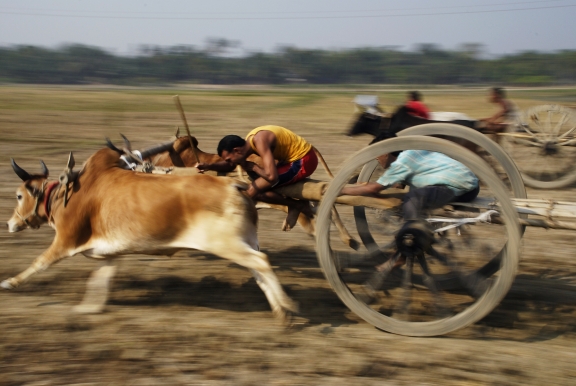
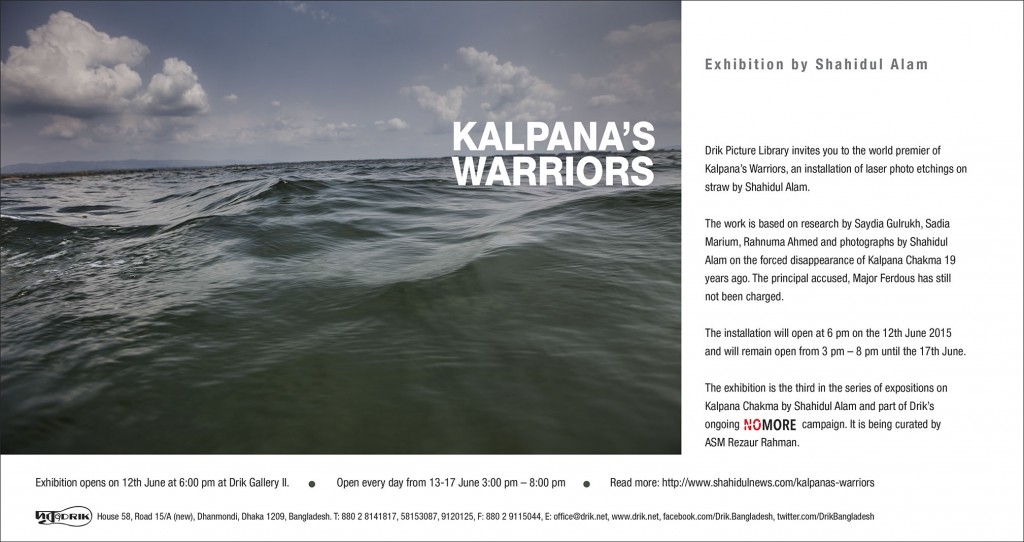
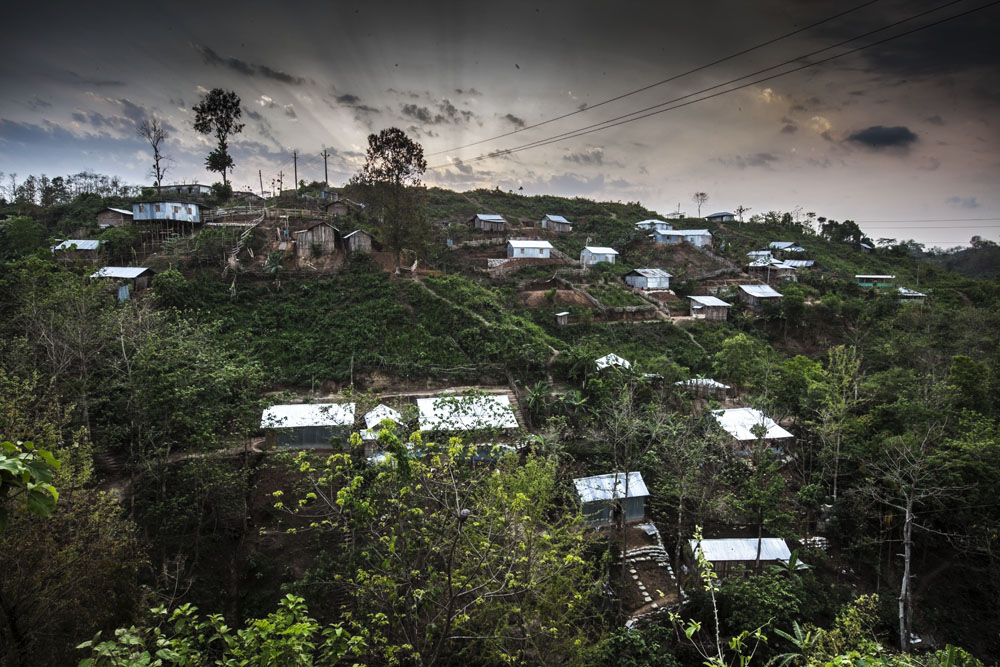
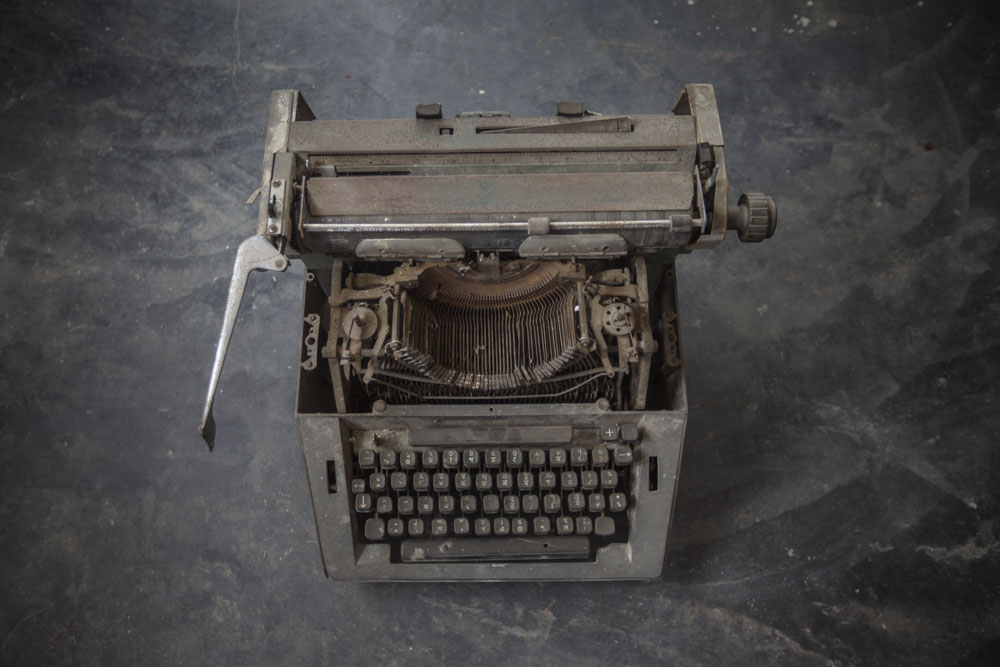
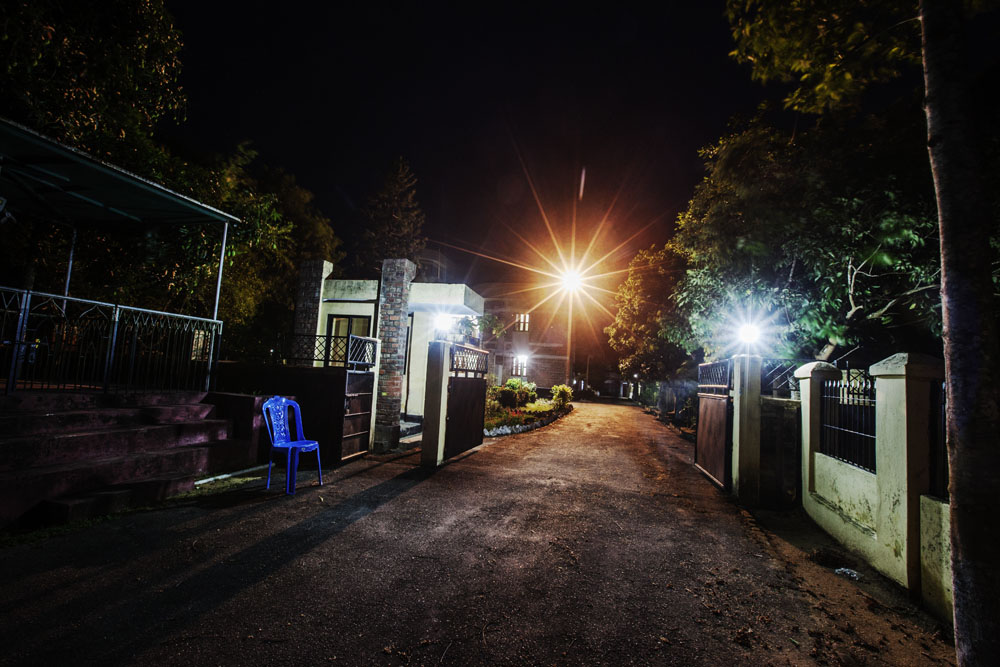
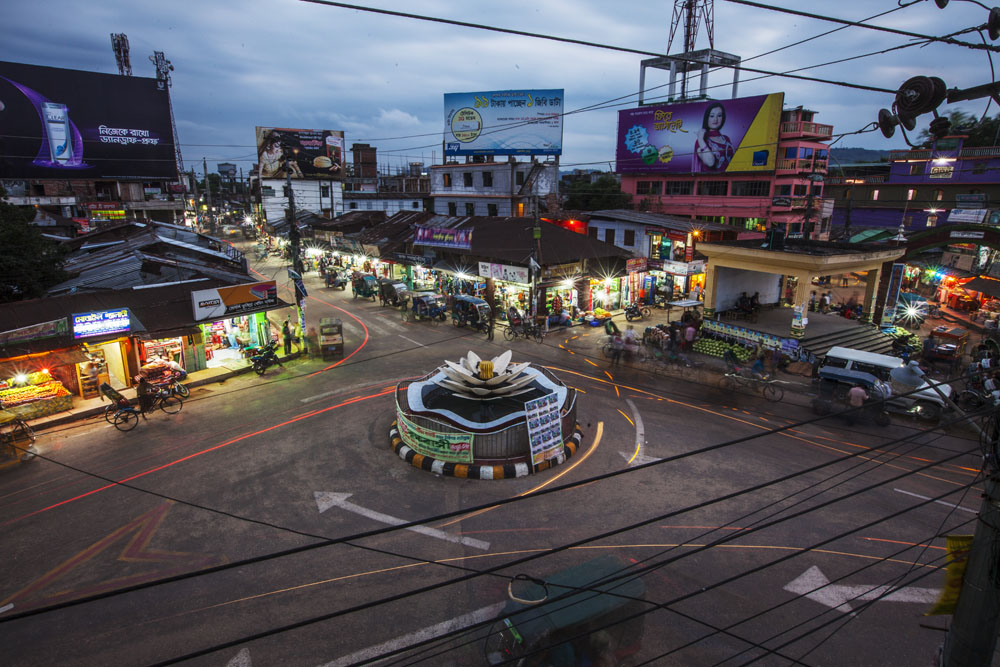
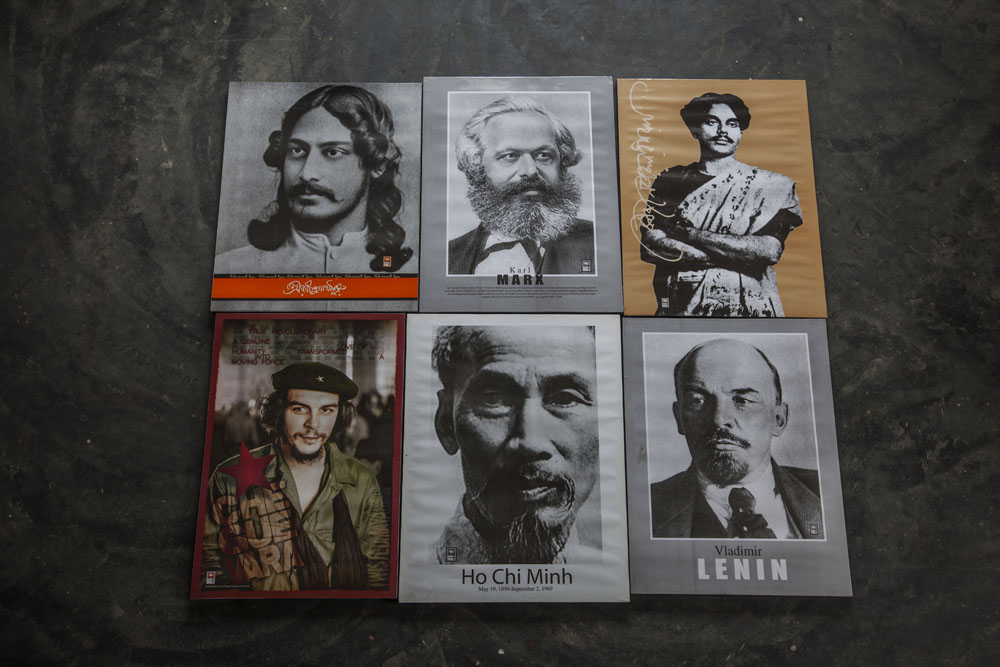
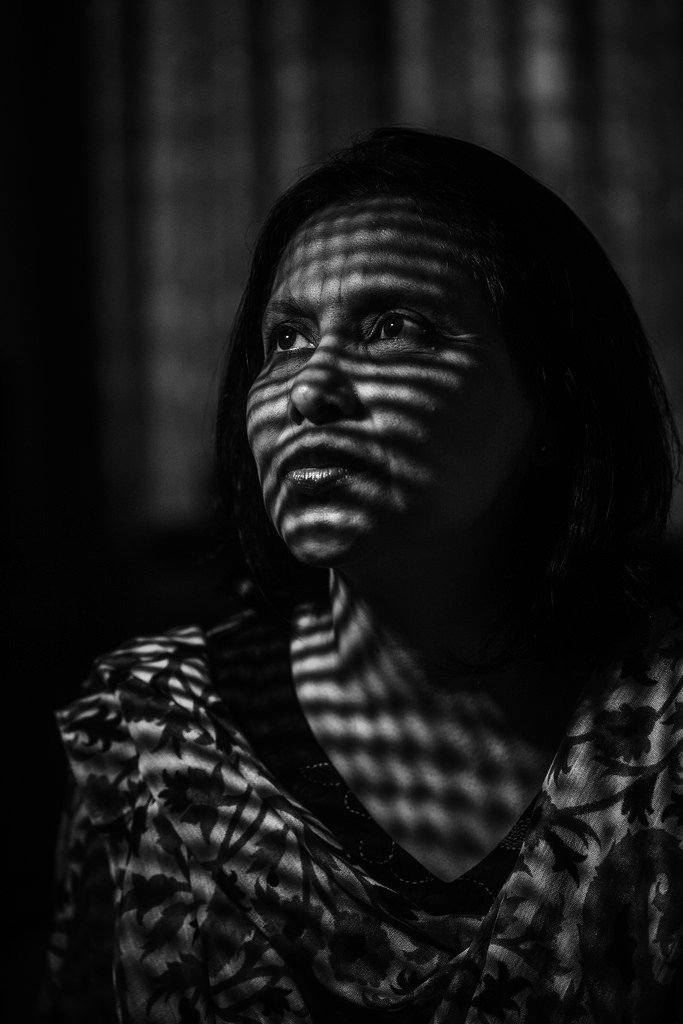
 Left: Still photo from a video of the May 15 protest at Children’s Place. Right: Photo from @snufftastic Twitter account.Rumors have flown for many years that DC police routinely infiltrate and spy on the frequent protests in the nation?s Capitol. But until now, activists have never been able to identify a specific undercover cop at a protest. Now, after months of piecing together evidence, attorneys Jeffrey Light and Sean Canavan working with?
Left: Still photo from a video of the May 15 protest at Children’s Place. Right: Photo from @snufftastic Twitter account.Rumors have flown for many years that DC police routinely infiltrate and spy on the frequent protests in the nation?s Capitol. But until now, activists have never been able to identify a specific undercover cop at a protest. Now, after months of piecing together evidence, attorneys Jeffrey Light and Sean Canavan working with?
